Modern homes may be sleek, energy-efficient, and filled with smart technology, but something about them often feels different. While new builds emphasize open layouts and convenience, they tend to lack the charm, craftsmanship, and thoughtful design found in older homes. From built-in nooks to sturdy hardwood floors, many traditional details that shaped daily living have quietly disappeared. Here are twelve classic features missing in most new construction homes and why their absence subtly changes how we live today.
1. Built-In Bookcases and Cabinets
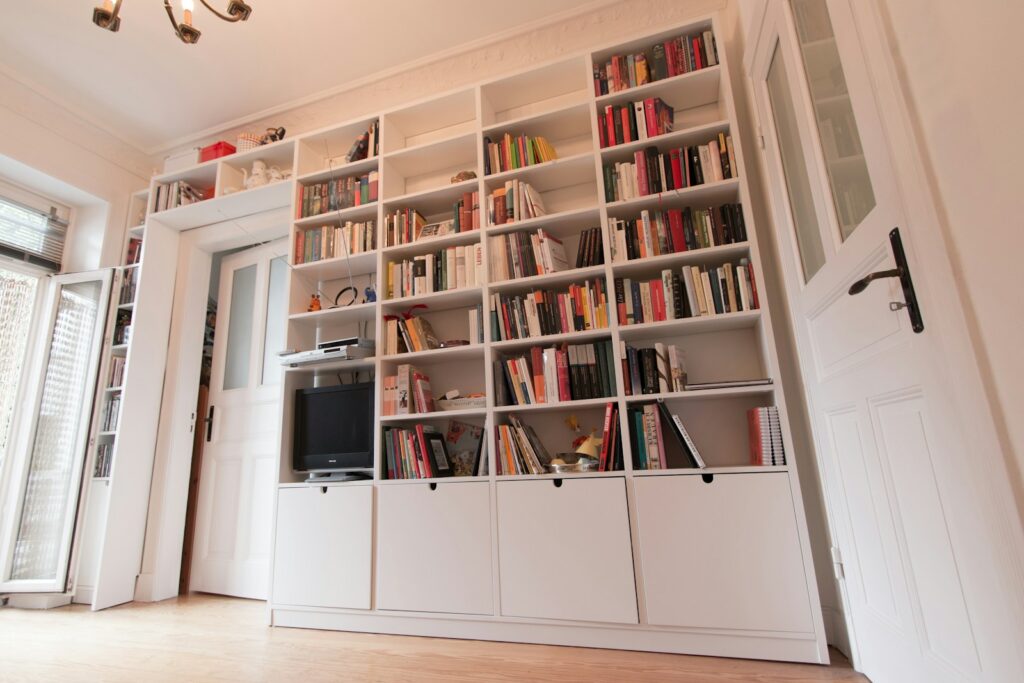
In homes built before the 1960s, built-in bookcases and cabinets were a staple of living rooms and studies. They offered a sense of permanence and craftsmanship, often designed to fit the home’s architecture perfectly. Today, new constructions favor minimalism, leaving homeowners to buy modular furniture instead. The loss of built-ins has shifted homes away from cozy personalization, replacing timeless woodwork with temporary pieces that rarely fit quite as seamlessly.
2. Formal Dining Rooms
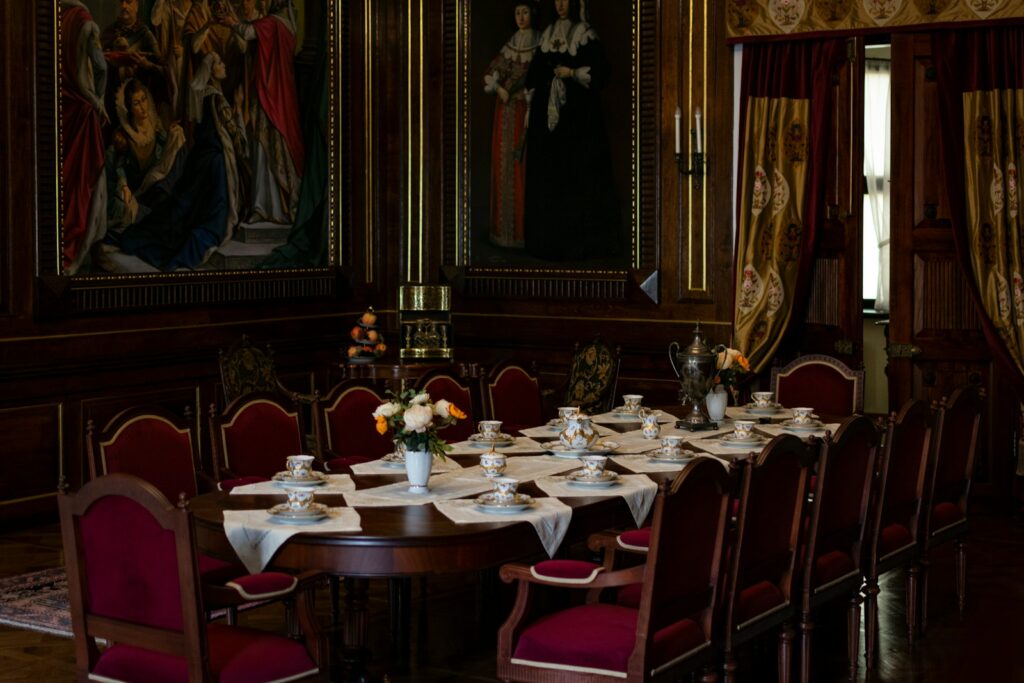
Traditional homes from the early 20th century nearly always included a separate dining room. It was a space for connection, a room reserved for family dinners and special gatherings. In contrast, modern homes often blend dining areas into open-plan kitchens. While this encourages casual living, it also eliminates the ritual and intimacy of dining together, subtly changing the way families interact and celebrate meals.
3. Front Porches with Character
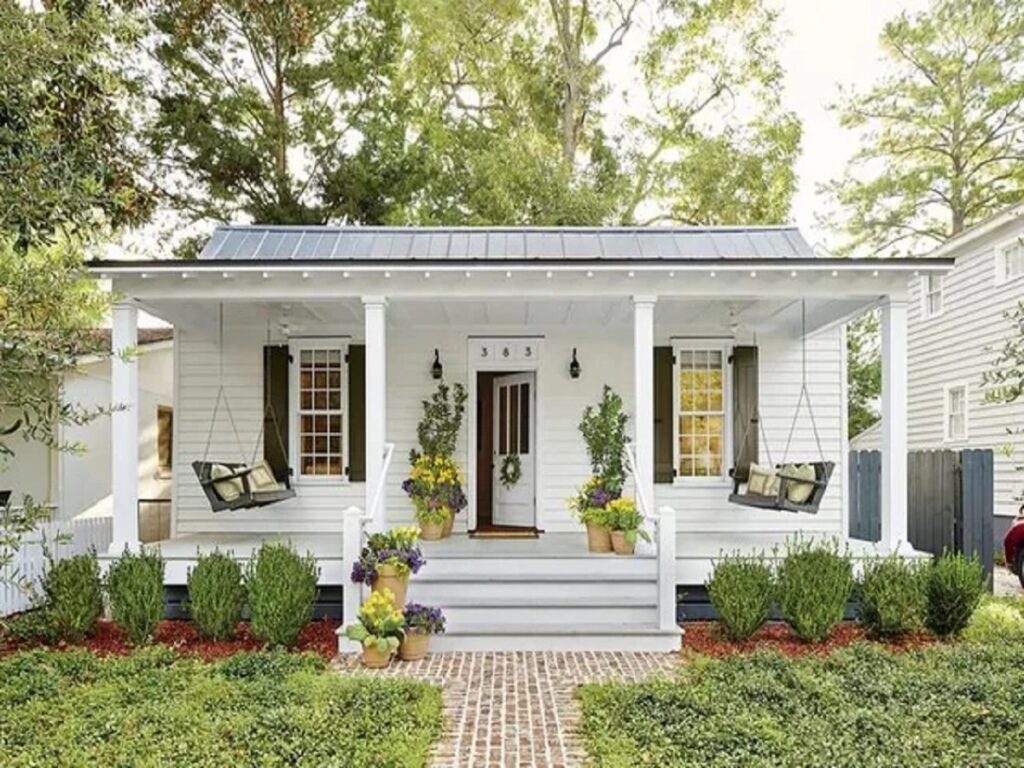
From the 1900s through the 1950s, wide front porches were designed for the community. Neighbors waved from their swings, children played outdoors, and front porches symbolized hospitality. Modern builds tend to replace them with small stoops or closed entries, prioritizing privacy and air conditioning over outdoor interaction. This change has impacted social bonds, turning once-vibrant neighborhoods into quieter, more isolated environments.
4. Solid Wood Doors and Trim
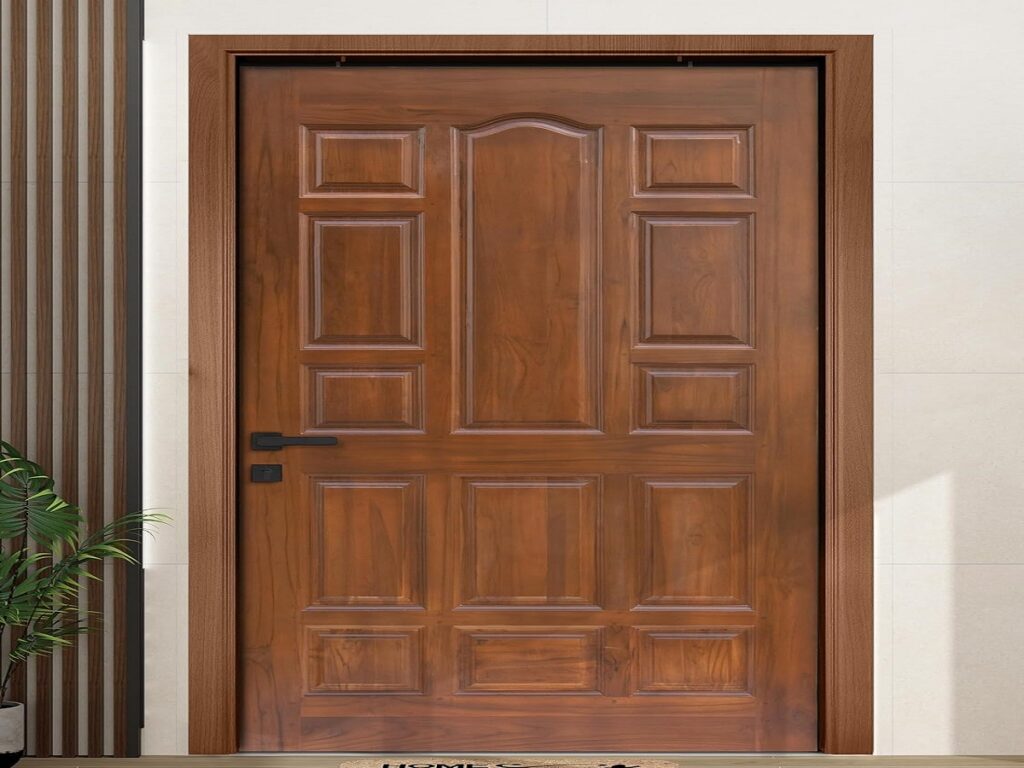
Older homes, especially those built before 1970, featured solid wood doors and thick trim crafted by skilled carpenters. These features added texture, warmth, and durability. New constructions often opt for hollow-core doors and simple MDF trim to reduce costs. Though functional, these materials lack the weight and sound insulation of solid wood, resulting in homes that feel less substantial and enduring.
5. Fireplaces as Focal Points
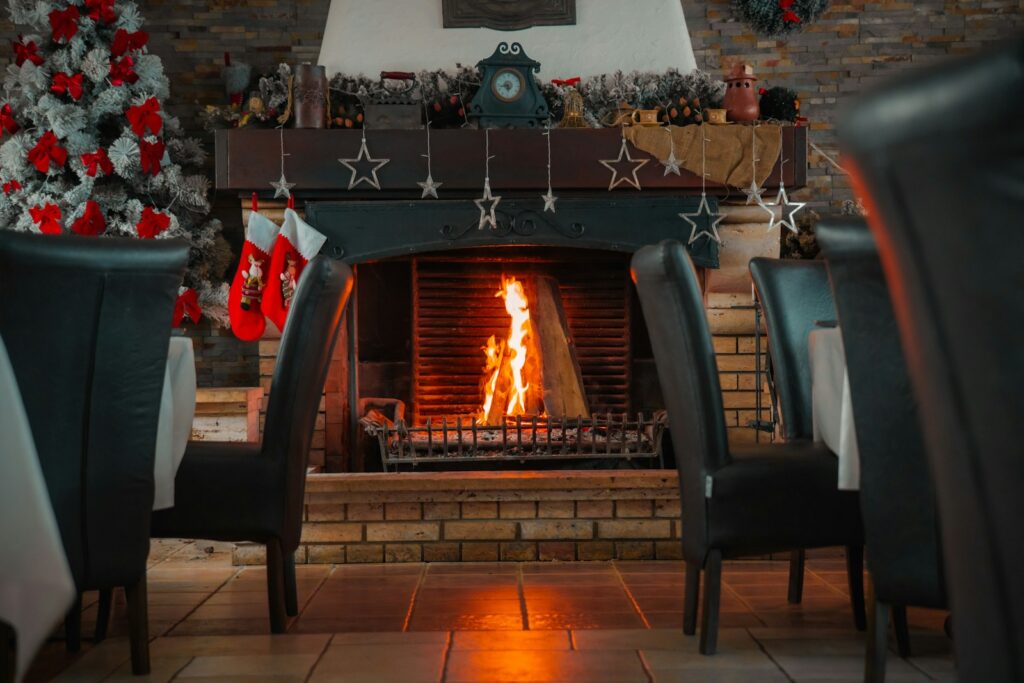
Before central heating became common in the mid-20th century, fireplaces were essential for both warmth and ambiance. Each room often had its own hearth, and the mantle served as a decorative centerpiece. New homes, built for efficiency, usually skip real fireplaces or replace them with electric inserts. Without that flickering glow, living rooms lose an inviting sense of gathering and nostalgia that once defined home life.
6. Large Pantries and Root Cellars
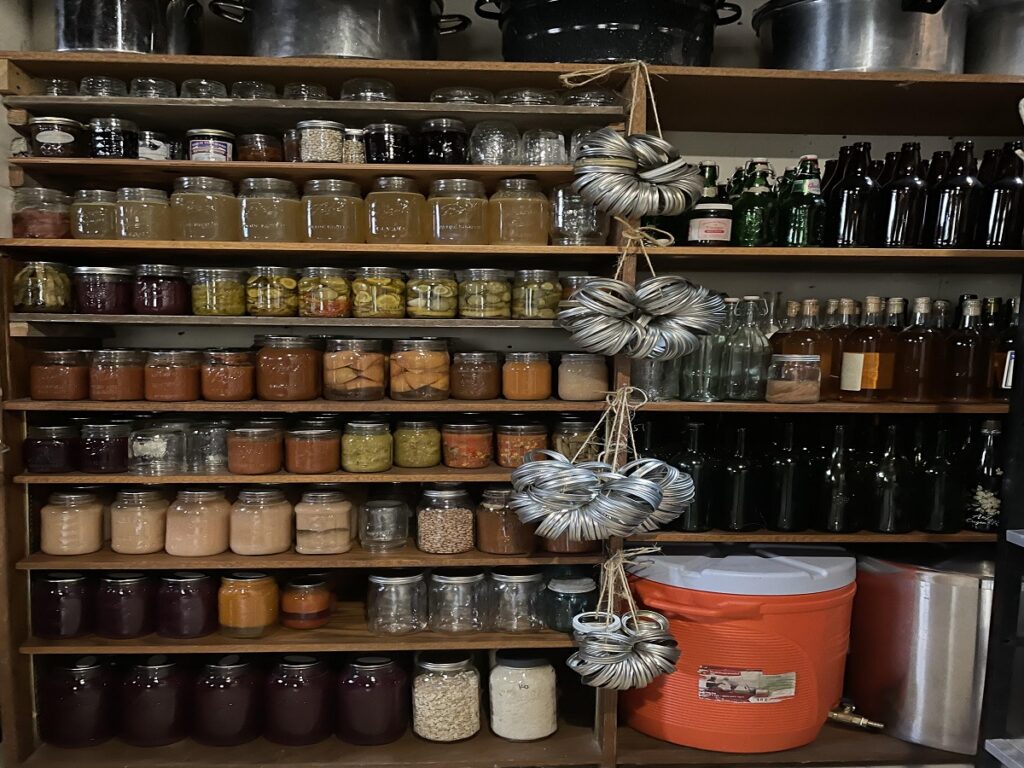
Older homes, particularly farmhouses built before 1950, frequently included large pantries or cellars for food storage. These spaces supported self-sufficiency, allowing families to store preserves and bulk goods. In contrast, modern kitchens often offer limited pantry space, emphasizing aesthetics over practicality. This shift has influenced how people cook and shop, encouraging frequent store trips rather than sustainable, long-term food planning.
7. Decorative Molding and Ceiling Details
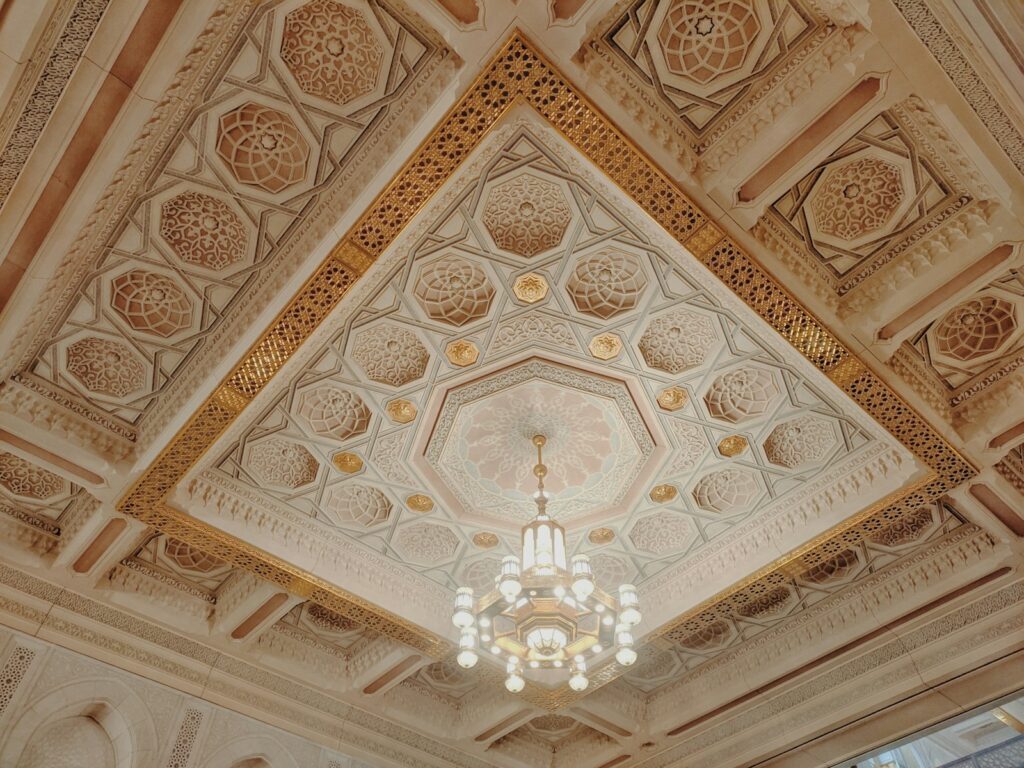
Crown moldings, ceiling medallions, and wainscoting were hallmarks of craftsmanship in 19th and early 20th-century homes. They added depth, elegance, and a sense of artistry to otherwise simple rooms. Modern homes, however, often feature flat drywall surfaces and minimal trim. While clean lines are stylish, they lack the tactile richness and architectural storytelling that made older homes visually timeless.
8. Attic and Basement Spaces
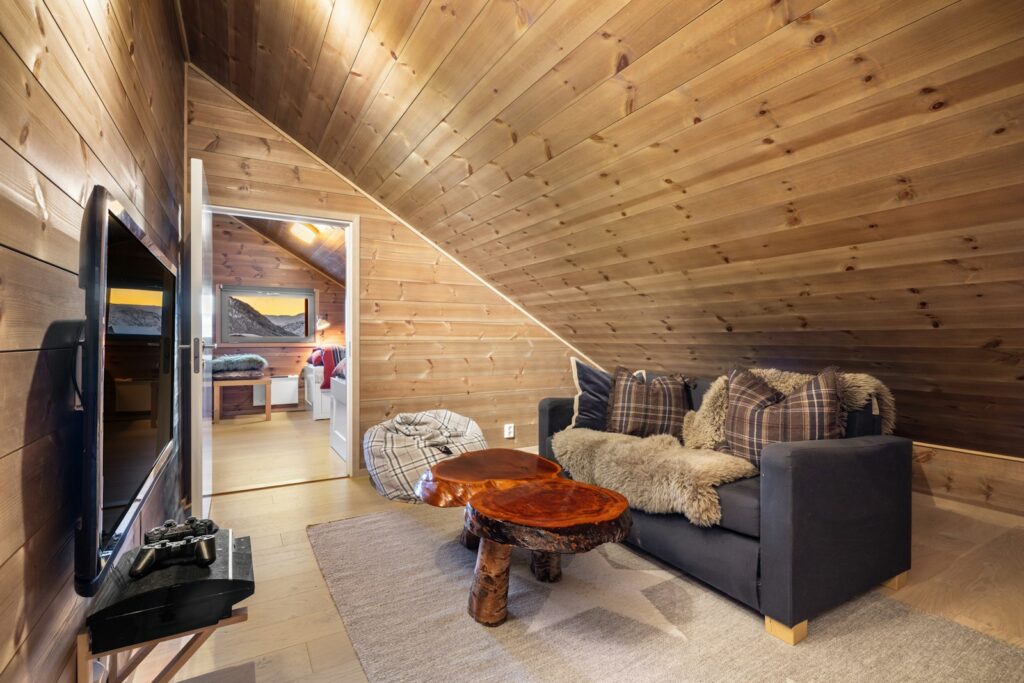
In many homes built before the 1980s, attics and basements were usable, sometimes even finished, providing flexible storage or living areas. New construction homes often minimize these spaces or eliminate them entirely to cut costs or adapt to slab foundations. Without these hidden extensions, families lose valuable room for hobbies, storage, or expansion, forcing clutter into visible spaces and changing how homes feel organized.
9. Stained Glass and Unique Windows
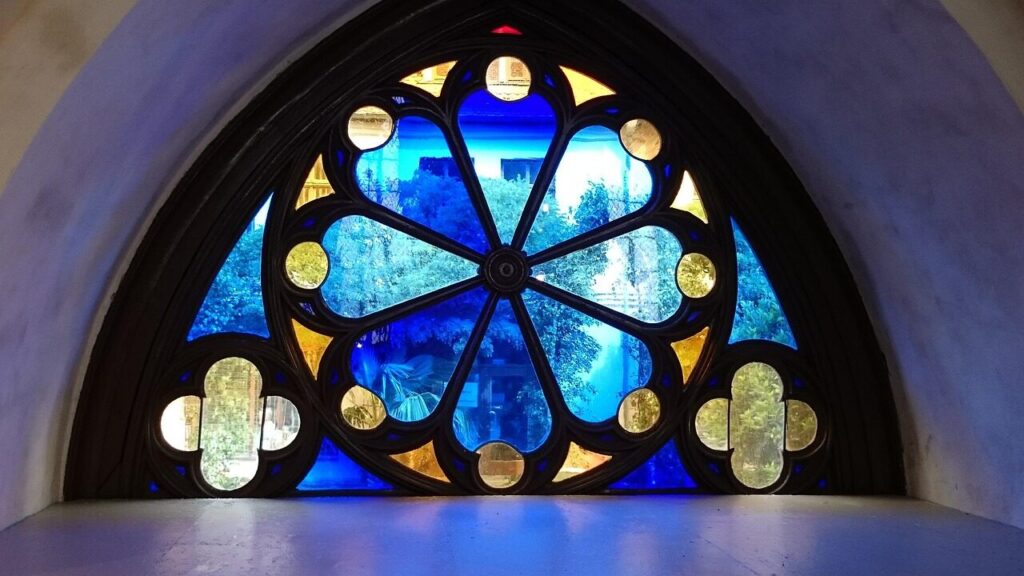
From the late 1800s to the 1930s, stained and leaded glass windows were a symbol of artistry and pride. They filtered sunlight into colorful patterns, creating warmth and beauty. Today’s builders focus on energy efficiency and uniformity, using standard double-pane windows. While practical, the absence of handcrafted glass removes individuality and the emotional connection that once came with custom architectural details.
10. Built-In Window Seats
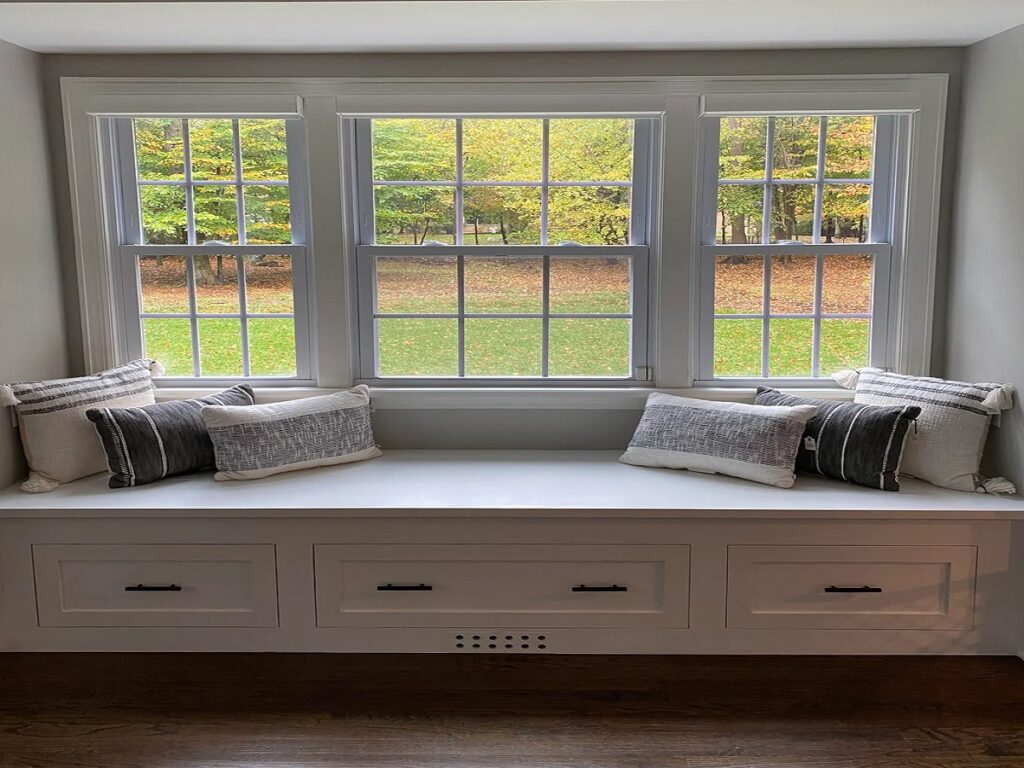
Older cottages and bungalows from the 1920s to 1940s often featured window seats designed for reading or reflection. These cozy nooks made homes feel more intimate and personal. New construction homes, prioritizing open space and minimal decor, rarely include them. The result is fewer quiet corners that invite rest or imagination, small details that once encouraged slowing down are now replaced by sleek, open emptiness.
11. Real Hardwood Floors
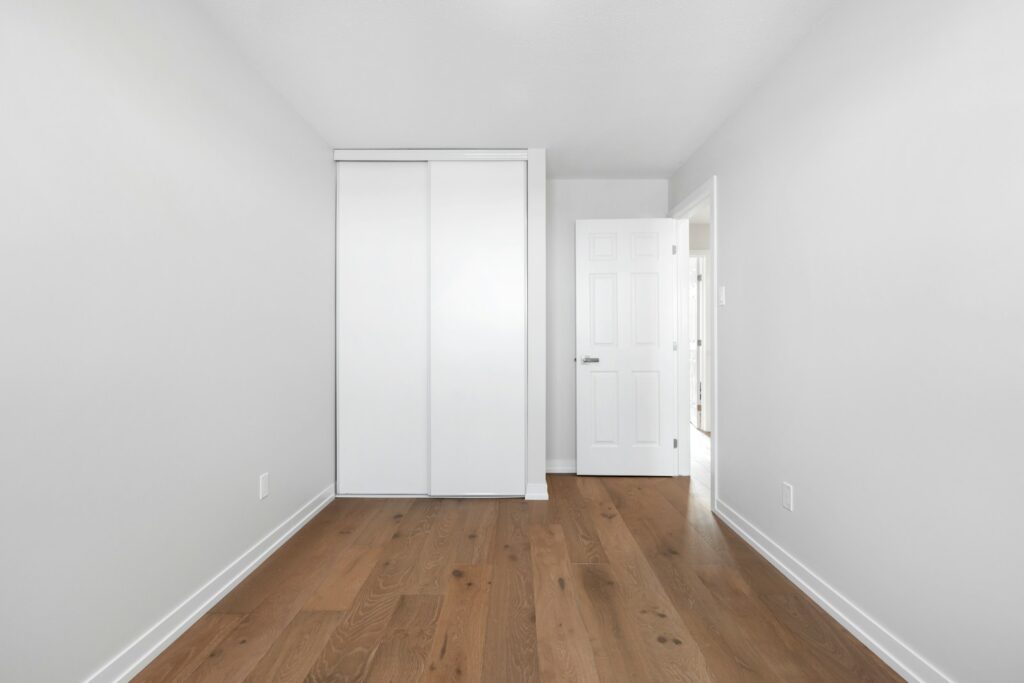
Before synthetic materials took over in the 1980s, hardwood floors were standard in most homes. They were durable, repairable, and grew more beautiful with age. Many new homes today use laminate or engineered wood, which mimic the look but lack the lifespan and charm of authentic planks. The trade-off has created homes that feel newer longer but lack the deep character of aged wood.
12. Pocket Doors and Hidden Transitions
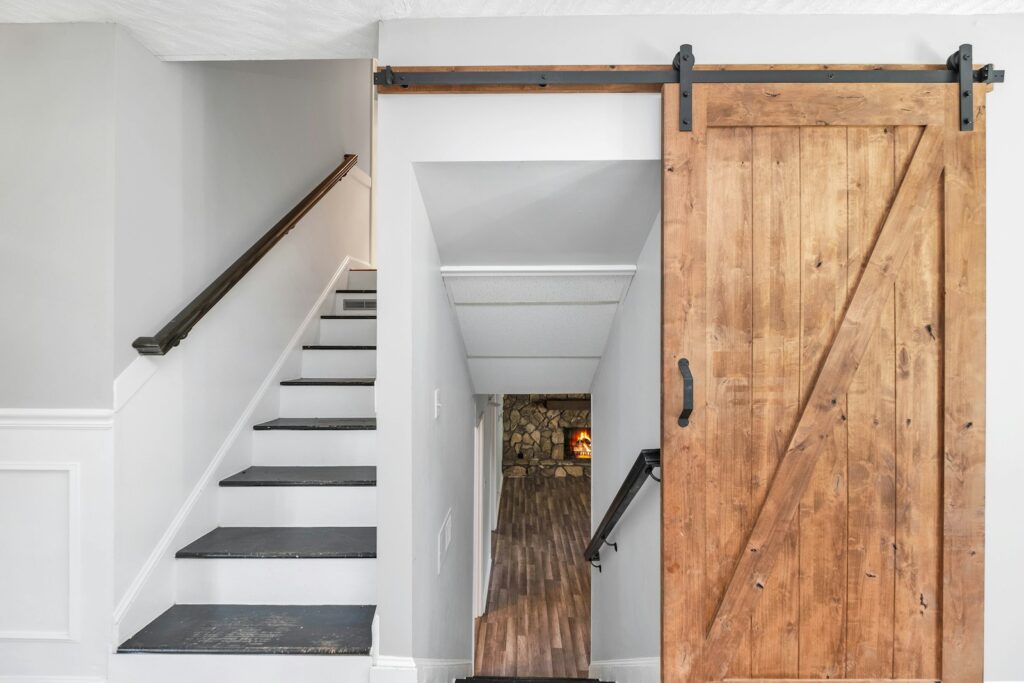
Pocket doors, popular from the Victorian era through the mid-20th century, allowed flexible use of space while maintaining privacy. They saved room and added architectural interest, especially in older homes with intricate layouts. Today’s open-concept designs leave little need or space for them. Losing pocket doors removes an element of versatility and craftsmanship that once balanced openness with elegant separation.
Comments